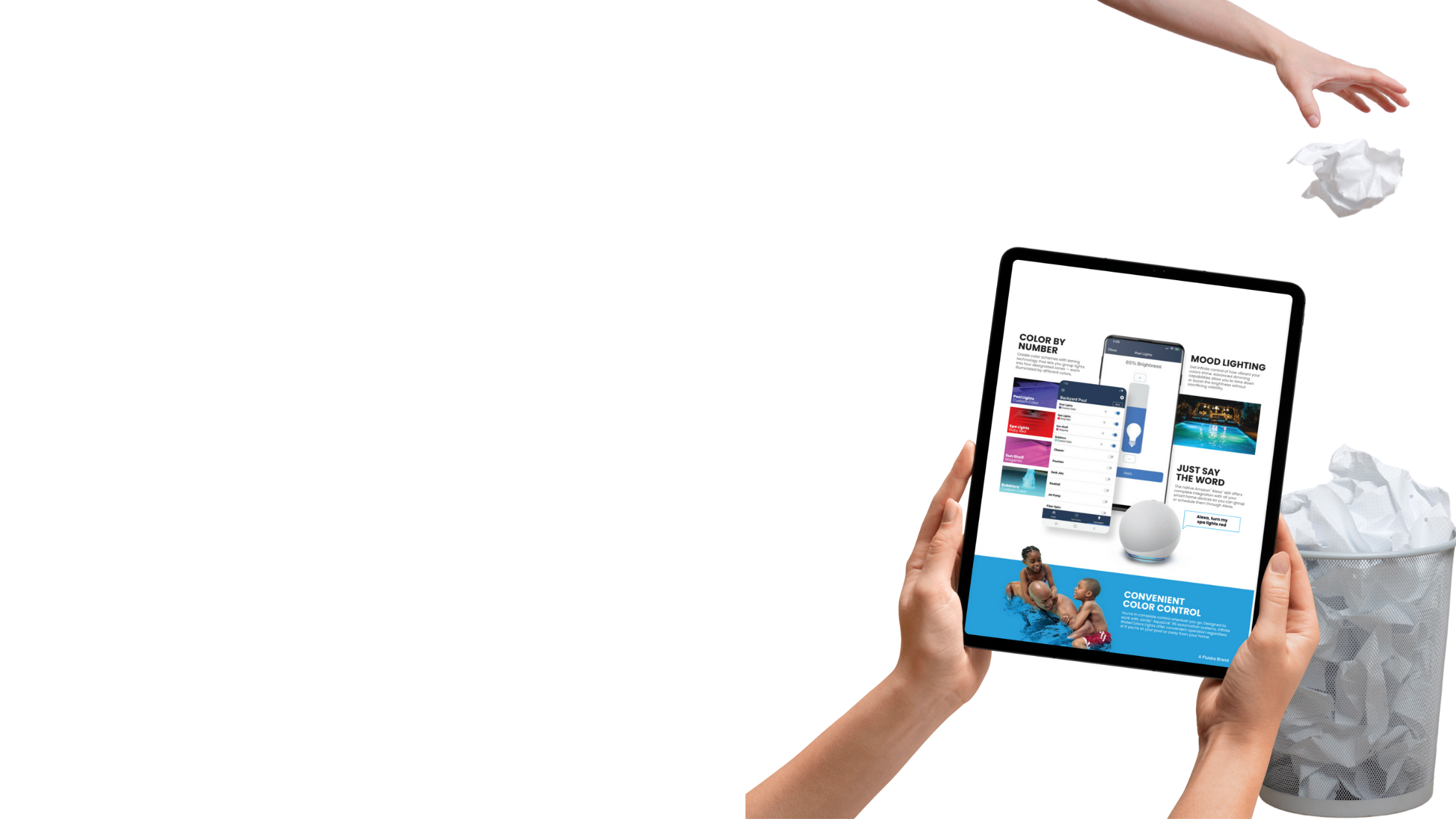How do Digital Circulars Drive Engagement, Boost Loyalty, and Modernize the Retail Experience:
It’s been an ongoing challenge for grocery stores and retailers to reach their audiences where they live and shop. If we travel back to a pre-pandemic, pre-smartphone era, print circulars were very much a thing. Shoppers commonly reached for their local newspaper, ads, and flyers to determine what they wanted to grab at the store. In recent years though, this has changed. Today, it’s all about meeting consumers where they are: online, on mobile, and in real-time.
That’s why digital circulars are quickly becoming a staple in today’s retail experience. But creating a digital version of your print flyer isn’t enough. Retailers must think strategically to maximize personalization, engagement, and conversion.
Let’s take a look at how digital circulars have evolved, what they offer, and how your business can unlock their full potential.
Shifting the Strategy to Dynamic Digital
In 2020, Walgreens phased out its print circular, and launched a digital-only version in 2021 for shoppers. As EVP John Standley put it:
“We are shifting investments from mass promotions to mass personalization. In the midst of the pandemic, we transitioned away from 18 million weekly print circulars to a digital circular that this month will be fully personalized to each individual customer.”
Target and CVS followed shortly, leaving their print circulars in the dust. CVS told The Sun Chronicle that although an abridged print version would still be available in stores, newspaper inserts would cease, stating that customers “were more digitally engaged than ever.”
So, what does this mean for you? Keep reading to find out what a digital circular is, and how it can directly enhance the personalization and user experience for your shoppers.
For Starters, What is a Digital Circular?
A print circular is a physical, promotional publication containing information about sales, discounts, and new product offerings, typically distributed by retailers in the form of flyers, direct mailers, or handed out in-stores.
On the other hand, a digital circular is the online evolution of this classic print flyer. Designed not just for browsing, but for interaction.
Unlike static prints or even static online PDFs, digital circulars can be:
- Shared across multiple platforms (website, app, email, social)
- Updated in real-time to reflect inventory or pricing changes
- Personalized based on user behaviour, location, and shopping history
- Tracked for performance insights, clicks, and conversions
This unlocks a new era of retail marketing: one that’s faster, smarter, and customer-focused.
So, What Does This Mean for You?
Recognizing the value in digital channels isn’t enough. Sales and marketing teams must strategically bridge that gap to create one holistic experience – converting casual browsers to loyal buyers.
In a sea of ads, emails, texts, and too many apps to choose from, shoppers are expecting more and more from retailers. According to the National Retail Federation, 82% of shoppers are willing to change their stores to take advantage of weekly specials and 54% of consumers look for online deals when choosing where to buy their groceries.
That’s why the modern digital circular needs to be:
Personalized. Ditch the one-size-fits-all marketing, where the same deals, products, and messaging is used for everyone. For example, back to school supplies for young children, diapers and formula for new parents, and winter clothing for subzero temperatures. The more dynamic the personalization, the better.
Inspirational. Go beyond static imagery and create a broad library of content, hitting on topics like Cooking, Health & Wellness, and Lifestyle. Check out our blog about new ways to engage with your customers including animated content.
Interactive. Brainstorm types of content that will grab consumers’ attention across shareable channels, including Instagram and TikTok. Many retailers have also capitalized on trending social content – including Indigo’s Now Trending on #BookTok campaign where they promote fan favourites on social media.
Seamless. Dive into where your shoppers are already spending their time, and how to make that experience even more streamlined. For example, in 2020, Amazon launched Amazon One – using biometric tech to check customers out just by scanning the palm of their hand. Virtual try-on tech has also helped streamline the buying process by allowing customers to visualize what each piece will look like.
Measurable. Don’t stop there. Once you gain top of funnel insights into who is engaging with your content, continue tracking conversions to drive further customer acquisition. Establish a timely feedback loop to understand what is really working, and why. Dig one step deeper into basket sizes, consumers who switch between retailers, trial runs, seasonal discounts, and building loyalty over time.
The Bottom Line: Circulars Aren't Dead. They've Just Gone Digital
The shift from print to digital ins’t just a trend. It’s a long-term evolution. And when done right, diigtal circulars don’t just inform; they convert.
Whether you’re a grocer, big-box retailer, or a supplier, embracing this strategy now means staying ahead of consumer expectations and your competitors.
If you’re ready to have that discussion, get in touch with our team at Red Pepper. We’d love to take you through a free demo of what’s possible.





